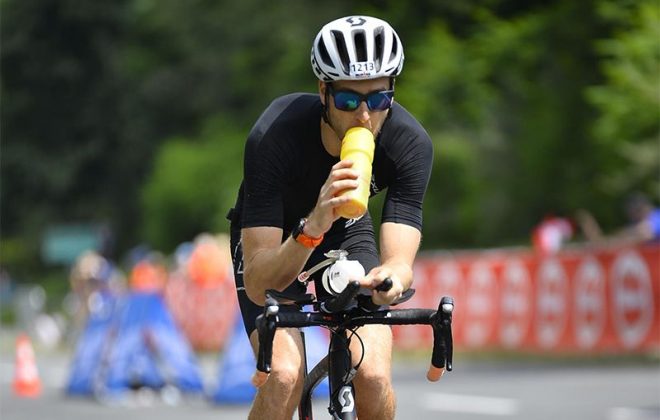7-Day Carb Loading Diet For Peak Performance In Endurance Race
Endurance race is a serious test of body’s resilience and its ability to tap into reserves. It challenges physical capabilities as much as it does mental – resisting pain, fighting doubts and pacing yourself to preserve energy. Following a specific carb loading diet before the competition helps athletes to utilize their physical reserves more effectively and maximize performance.
However, there are many misunderstandings about the process of carbohydrate loading. One of them is that carb loading before the marathon or any other endurance race comes down to consuming a huge bowl of pasta the day before the race and you’re good to go.
In reality, it’s a bit more complicated than that. There is a lot of details and science to the process and it’s not that straightforward. An effective carb loading diet actually takes a full week and implies restricting carbs before fuelling for the race.
Why should athletes carb load? What to eat and when to eat it? Scroll down to learn about it.
What’s the purpose of carb loading before a race
Endurance races are powered by a mix of carbs and fat. At the beginning of the race – when the intensity is relatively low – body will mainly use fats. However, on harder sections (hills, surges) and towards the end of the race it will need energy quicker and will prioritize carbs.
That’s where endurance racing gets strategic.
The problem is that our stores of carbohydrates – called glycogen – are quite low. Normally, they total to ~2,000 calories worth of energy, which is enough for ~2 hours of intense exercise. That’s compared to 50,000+ calories of fat storage that even the skinniest of athletes has.
As the athlete approaches the limit of his glycogen reserves, it will get increasingly harder to keep up. Fatigue will start to develop until the body gets too exhausted to continue – that’s when they say athletes hit the wall.
Hitting the wall essentially means that an athlete burned through glycogen reserves too quickly. Ideally, athletes would want to pace the race so that depletion comes around the finish line.
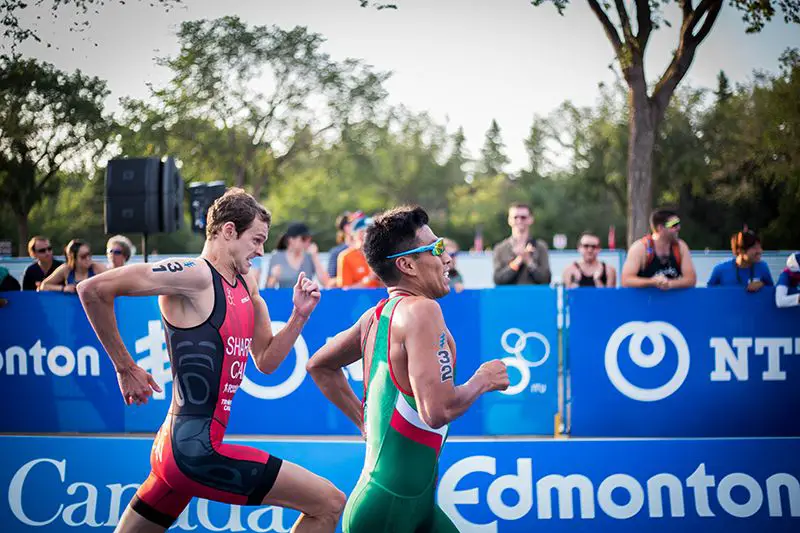
Carb loading before a race means consuming an increased amount of carbs to replenish glycogen reserves. It will not make athletes faster, but will ensure their energy levels are topped up and they can race to their full potential.
Besides carb loading, it’s also possible to influence the level of glycogen stores and increase time to exhaustion through a glycogen supercompensation effect.
Glycogen supercompensation
Exercising at low glycogen stores sends the signal to the body to adapt to use whatever is left as efficiently as possible. It also improves fat metabolism – same effect as what fasted training achieves.
Moreover, much like our body supercompensates by getting stronger in response to physical exertion, glycogen does not only replenishes to its baseline level once depleted. Instead, following depletion its reserves stay elevated for around 3 days after they replenish.
As a result, on race day the body will have slightly higher glycogen stores and will be overall more efficient at using it.
Depleting glycogen and adding a period of carb restriction results in much higher muscle glycogen stores than just reducing training and eating more carbs.
In fact, according to this study, glycogen stores can increase by as much as 50% in response to carb restriction. That’s a big bonus to have at the start.
Effective carb loading diet and training strategy
Glycogen supercompensation is the reason why an effective carb loading diet should take a full week. Three days to deplete glycogen stores, three days to carb load and one for race day.
This process is only useful for races that last longer than 1.5 – 2 hours. In shorter races athletes don’t reach the limit of their glycogen stores, so don’t require to carb load.
Glycogen depletion. On day 1 of carb loading diet athletes should deplete their glycogen stores. It’s usually done with an interval session that has many repetitions. Long runs are not good for this purpose, as they add too much stress on the body during the competition week.
Carb restriction. Athletes should minimize the amount of carbs they consume throughout the first 3 days of the diet. However, as our brain needs carbs to operate it’s not wise to fully exclude them from the diet. Typically, reducing the intake to under 100 grams per day (less than 20% of total calories) is a good practice.
During the carb restriction phase athletes should continue to train. Though, training sessions on days 2 and 3 should be in recovery mode with only several short race effort intervals.
Carb loading. On days 4 to 6 athletes should re-introduce carbs in their diet and increase their share to around 70%. For a 2,500 calorie diet that’s upwards of 400 grams of carbs per day.
It’s important to remember that the total food intake (calories) should stay the same. It’s only the composition of macronutrients (carbohydrates, protein, fat) that changes.
At this point athletes should decrease their volume of training to no more than 20 minutes per day. This will ensure that carb intake is larger than the amount used in training and glycogen supercompensation will occur.
Read also: Marathon Taper Tips And My 2 Week Marathon Taper Schedule
Restricting carbohydrates for three days following an intense glycogen-depleting session is not fun. This strategy typically works best for advanced athletes – those who do high mileage or are more experienced with fasting protocols.
Modified and simplified carb loading strategies
For many athletes fully depleting glycogen reserves will feel very hard – both physically and mentally. Athletes can expect feeling no energy, very tired, grumpy and even very unfit. It’s not the ideal mental state for someone with a big race coming up.
As such, there are two alternatives for athletes who don’t want to put their bodies through the grueling process above.
Modified carb loading strategy is to reduce carbs to only 50% of total calories for the first 3 days. During last 3 days athletes can bump it up to 70%. This will not deplete glycogen reserves fully, but will still provide a glycogen supercompensation effect.
This modified approach will work well for any endurance athlete who follows a balanced diet of around 60% carbs, 20% protein and 20% fat.
Simplified carb loading strategy is to use only the second half of the process – the carb loading part. This is the most popular strategy but least effective compared to the other two. With that athletes can increase the share of carbs all the way to 80% or even 90% (those on high carb diets).
That does replenish glycogen reserves, but provides minimum (or no whatsoever) glycogen supercompensation effect.
Practice the simplified carb loading strategy before any of the key long sessions – to practice a marathon pace, for instance. Doing so will give the energy to execute them well and get better training results.
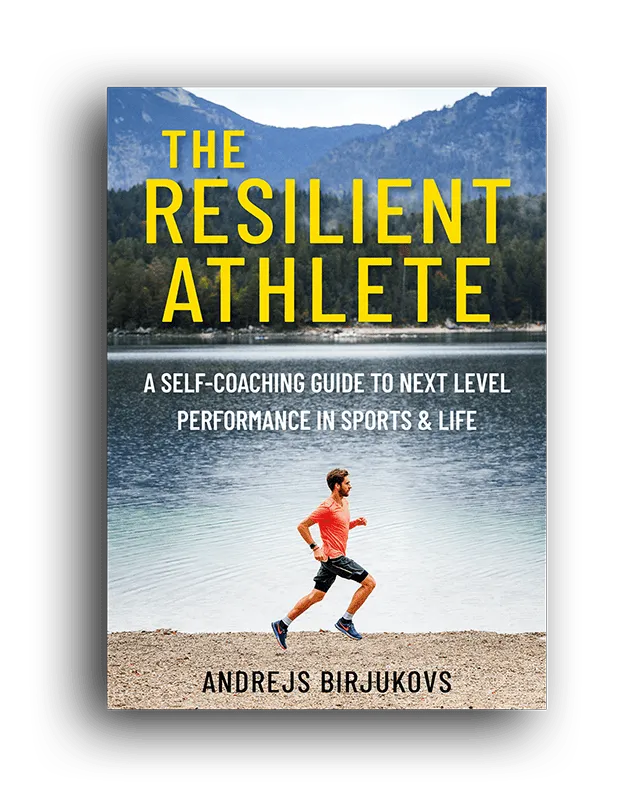
The Resilient Athlete
A Self-Coaching Guide to Next Level Performance in Sports & Life
Are you aiming to become a resilient athlete who is able to withstand any pressure? Be able to jump on any opportunity? Take any challenge life throws at you head on?
Then this book is for you.
Learn moreFiber
In the last couple of days before the race it’s a good idea to reduce the amount of fiber in the diet.
As healthy as it is, fiber can be hard to digest and require additional energy for processing. During carb loading athletes should give their digestive system a break and simplify their meals as much as possible. For those who had gastrointestinal (GI) issues during the race this will help to prevent those.
Keep digestion simple during 2-3 days before the race and go for high carb & low fiber fruits – berries, bananas, grapes, etc. You can also keep veggies in the diet for vitamins & minerals, but remove the skin to reduce fiber content.
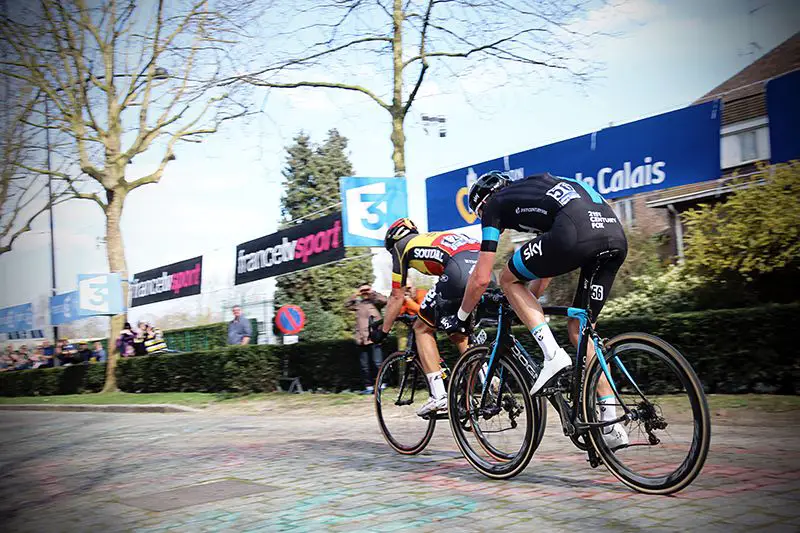
The effect of high glycemic index carbs on endurance performance
While all carbohydrates provide 4 calories of energy per 1 gram, there is a big difference in the type of carbs we consume.
In particular, endurance athletes should watch out for and minimize carbs with a high glycemic index. Things like white breads and pastas, processed foods, sugary drinks, cereals and so on.
Consuming a lot of such carbs at once raises the level of blood sugar. This causes the body to produce a lot of insulin to reduce it. There are two negative effects of that:
- High insulin levels signals the body that there’s too much glucose available and it should prioritize that for fuel. That essentially stops fat metabolism and its utilization as an energy source.
- Body can produce more insulin than is required, which will lead to a state of low blood sugar called hypoglycemia.
Both of these effects will lead to a faster glycogen depletion, as the body tries to compensate for low blood sugar and reduced fat metabolism. As a result, athletes run the risk of depleting their glycogen stores during the race too quickly and either hit the wall or not race to the full potential.
By consuming too many high glycemic index carbs in the leadup and right before the race athletes compromise their endurance performance.
This can be avoided by paying attention to the type of carbs athletes consume. Best foods for carb loading and endurance performance are those with a low glycemic index. So, around 3/4 of all carbs in endurance athlete diet should also be with a low glycemic index.
In fact, eating too many simple carbs and foods high in added sugar is one of the biggest endurance athlete diet mistakes.
Carb loading on a Low Carb and Keto diets
Those athletes who already follow a low carb diet (i.e. Low Carb High Fat or Keto) do not need to go through a process of carb restriction. There’s not much to restrict anyway.
Instead, they can focus only on the last 3 days before the race. Compared to everyone else, low carb athletes need just one additional carb-rich meal per day to avoid messing up their effective fat metabolism. It’s best if that meal is during lunch and adds no more than 30% extra carbs per day.
So, if a person eats 100 grams of carbs daily, during his carb loading meal he can eat 30 grams extra. That’s the equivalent of a regular sweet potato.
Sample plant based carb loading diet for endurance race
Athletes on plant based diets (myself included) might find it difficult to follow the guidelines above. Especially to restrict carbs without such alternatives as meat and dairy.
Sure, it will involve a little more planning, but nothing is impossible. So, I’m sharing my ‘rough’ carb loading diet plan below as an example.
Days 1 to 3 – glycogen depletion and carb restriction
Personally, I find it hard to count carbs and measure the food – I always end up miscalculating what my body needs and eating less than I should.
So, instead I focus on specific foods that I know are more fat & protein rich and eat until I’m full. Those are vegetables, nuts & seeds, oils, quinoa and so on.
- Breakfast: Tofu ‘omelette’ with grilled tomato & avocado.
- Morning snack: chia pudding topped with berries.
- Lunch: Quinoa or salad bowl with avocado, beets, nuts & seeds (pumpkin, hemp), onions, broccoli and lots of olive oil.
- Afternoon snack: hummus with grilled zucchini (greens optional).
- Dinner: Steamed veggies (broccoli, cauliflower, kale) with quinoa and baked pumpkin or butternut squash.
At this point of time for me the primary focus is nutrient density – how much vitamins and minerals the food contains. The body needs to recover before the race and for that it needs nutrients – not calories.
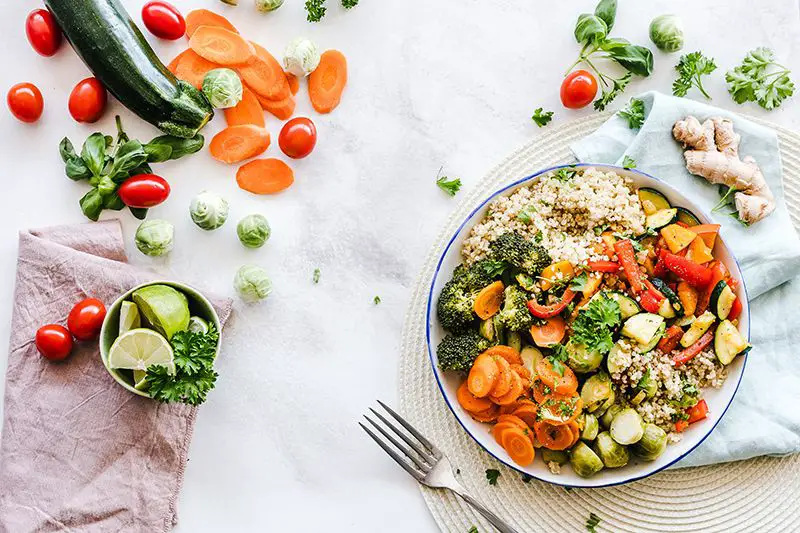
Food cravings
First three days of the diet are mentally hard. The body – being used to carbs – demands food and athletes tend to get food cravings.
Personally, after switching to a more plant based diet I found myself eating more vegetables and greens, which also helps me navigate food cravings a little better. I noticed when the body gets all required nutrients, it doesn’t crave food much.
For those who get food cravings, I suggest eating a small sugary snack to relieve those. Nothing big – just a small date or a dried fruit. That’s enough to elevate the blood sugar a bit and reduce the craving.
Days 4 to 6 – carb loading and glycogen supercompensation
On the first day of carb loading athletes can eat slightly more high glycemic index foods than on average (but no more than 25 grams per hour). That will help to support quick glycogen replenishment. Going forward, however, best foods for carb loading are those with low glycemic index carbs.
The last big meal should be two nights before the race (on day 5). Avoid consuming a large dinner before the race, as it will interfere with sleep quality.
- Breakfast: Oatmeal (or cooked buckwheat) with banana and a toast with jam.
- Morning snack: apple with nut butter and cinnamon or extra dark chocolate with dried coconut.
- Lunch: Roasted sweet potato with salad/quinoa bowl or a wholewheat crust pizza.
- Afternoon snack: Homemade date energy balls.
- Dinner: Lentil curry with rice and greens or potato stew with chickpeas, rice and greens.
In addition to carb loading it’s important to stay hydrated and maintain the electrolyte balance. Add salt and a splash of lemon to your water or use electrolyte tabs to top up electrolyte reserves.
Read also: Endurance Race Nutrition Strategies – How To Fuel For Top Performance
Nutrition on race day
The last day of the carb loading diet is the actual race day. Aim to consume the usual race day breakfast at least 3 hours before the start.
It also helps to eat a small sugary snack some 20-30 minutes before the start to compensate for the energy lost during the morning and the warm up. That snack should be very minimal, though, to avoid spiking the blood sugar level.
From there execute your standard race nutrition plan.
Did you find this information useful? Share the post with others using the buttons below.
Have an opinion? Share via links below and tag @theathleteblog
Tags In
Andrejs Birjukovs
GET A FREE TRAINING PLAN
Subscribe to my email list and get access to a free 4-week “back in shape” training plan
You’ll also get two full-body strength sessions and some other goodies!
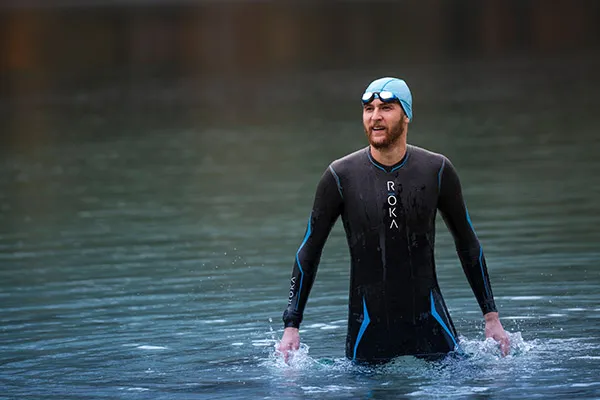
How did I get here?
Hey there! My name is Andrejs and I am here to inspire, entertain and get you fit for any adventure.
I went from being an over trained pro athlete to an endurance coach sharing how to listen to your body and live life to the fullest.
Traveling, new sports & activities brought new meaning to my training and made it much more effective, fun and enjoyable. And I'm here to help you do the same.


